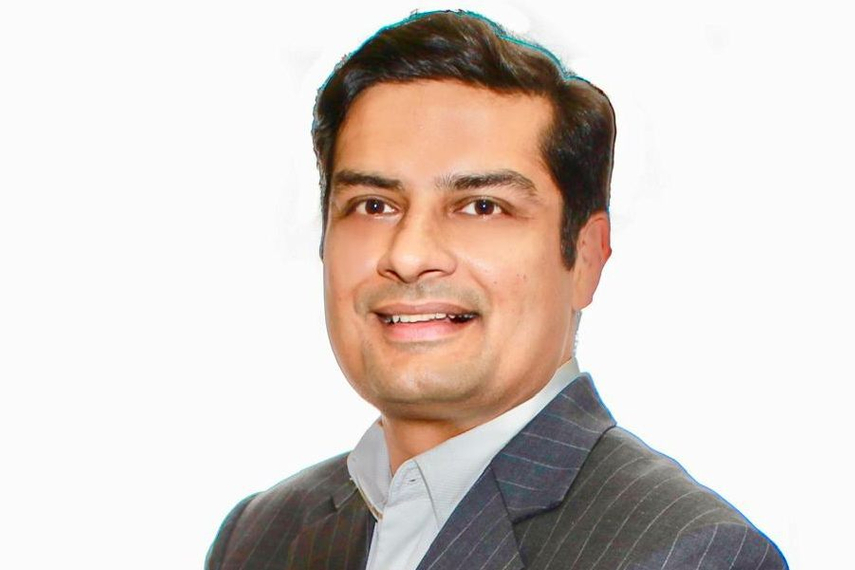
Please sign in or register
Existing users sign in here
Having trouble signing in?
Contact Customer Support at
[email protected]
or call+91 22 69489600
Nikhil Rao explains how Mars Wrigley brands are adapting to health and social trends, how premiumsation factors in for older demographics and how personalised content is key for Gen Z.

Contact Customer Support at
[email protected]
or call+91 22 69489600
Top news, insights and analysis every weekday
Sign up for Campaign Bulletins
It has partnered with CambrianEdge.ai, advancing its two-year shift into an AI-powered, pod-based agency model.
Google’s annual anthem film caps off a slate of new creative recently released from the tech giant to promote its search and Veo 3 content generation tools.
The new campaign uses chess strategy as a creative device to demonstrate exterior paint protection designed for Southern India’s climate.
Agencies that see marketing as one coherent journey rather than a sequence of disconnected tasks will win the game.